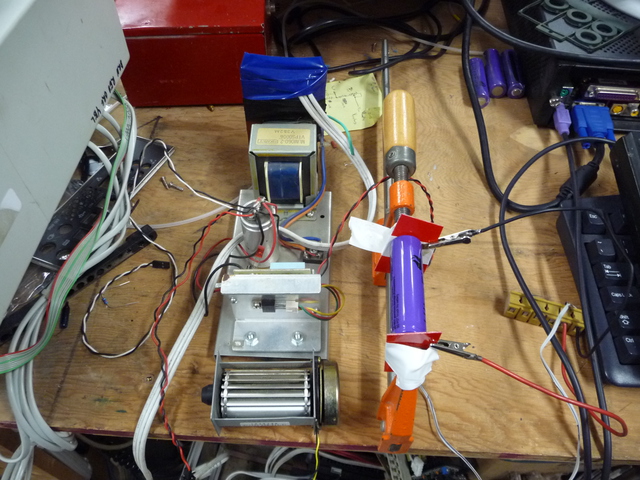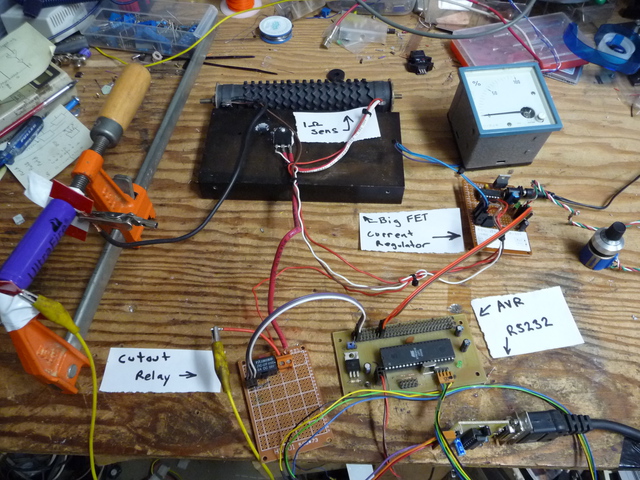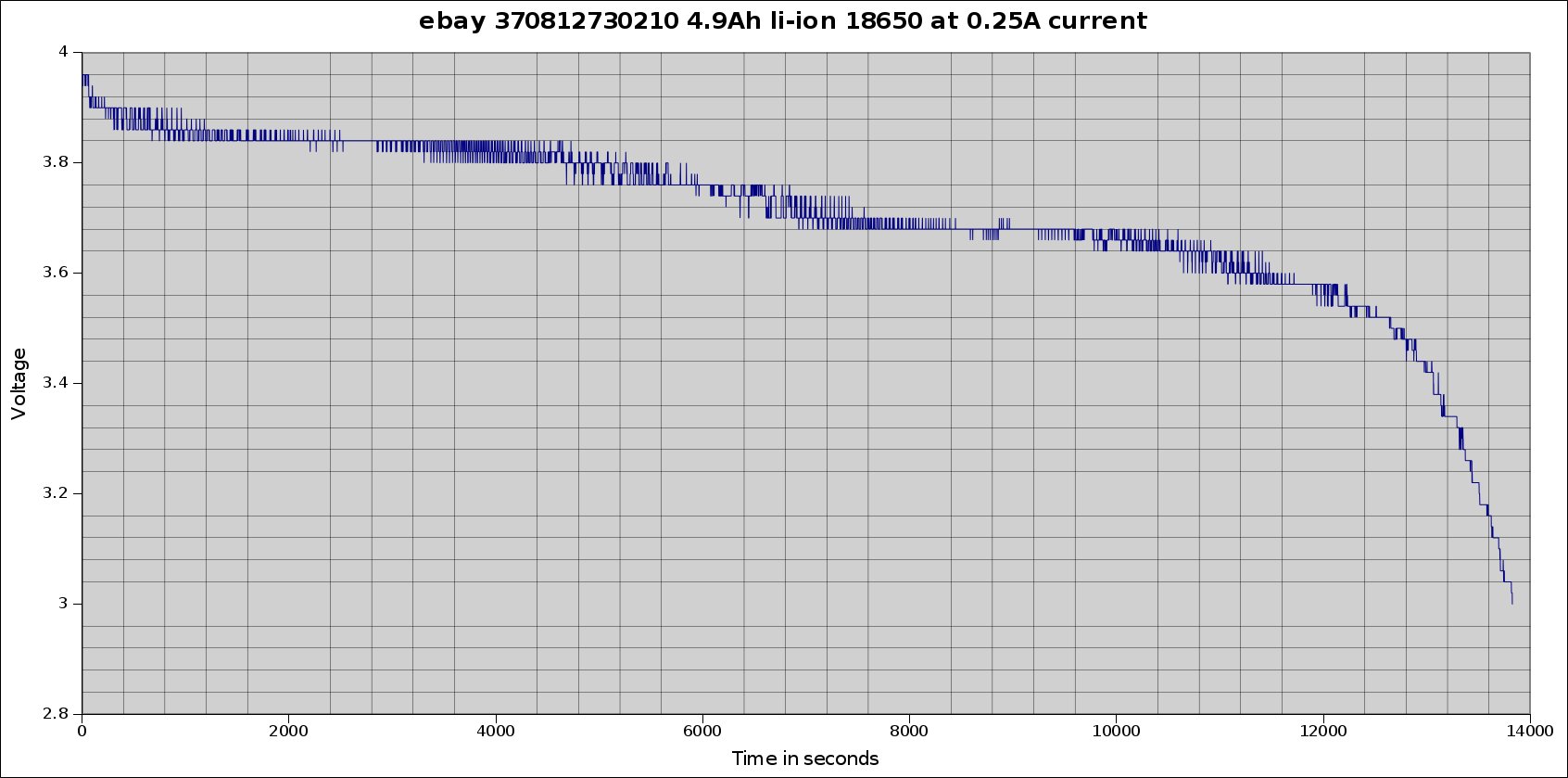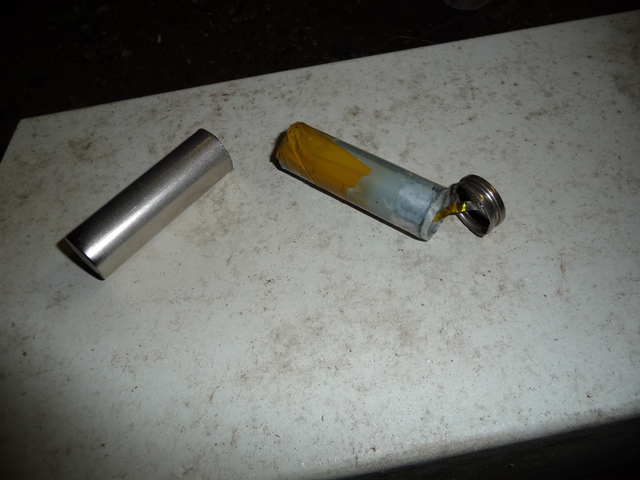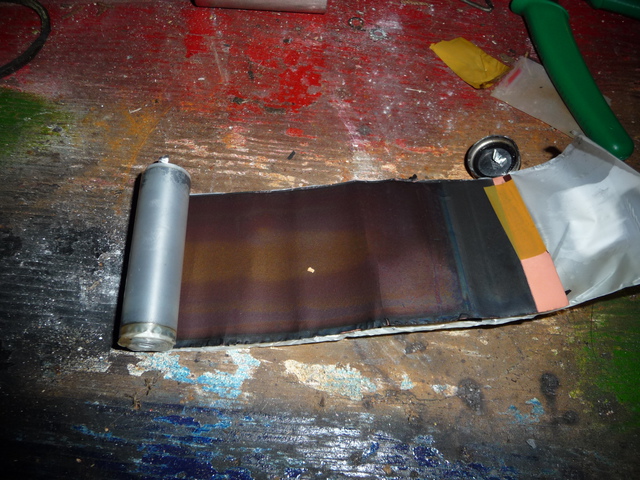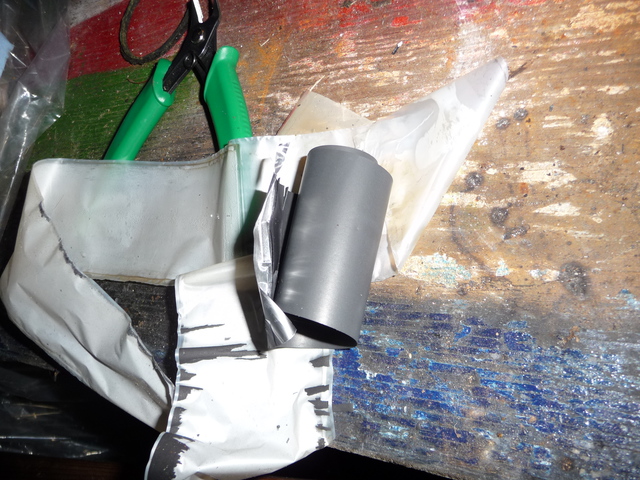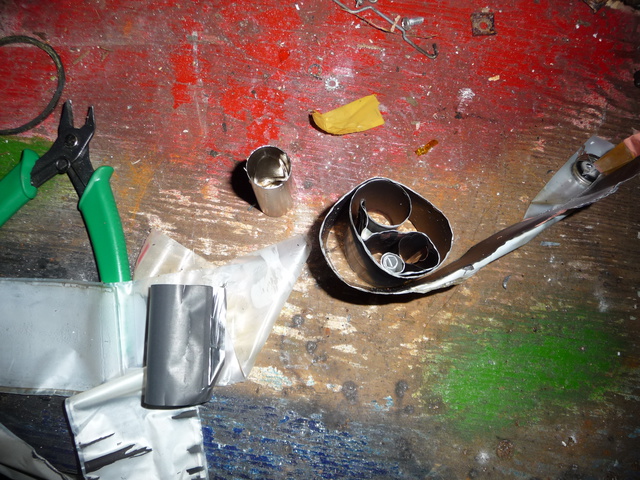Li-ion batteries from china, just how inflated are the numbers?
So, I'm working on converting a pickup truck to electric, part of the
process is assembling a battery pack. Unless a person is building 1000+
electric vehicles, its hard to get a good price on anything EV related,
so here is an interseting take...
Instead of buying one battery that would run the whole truck, I'm
looking at buying 500+ batteries and building my own pack, this way I
qualify for volume discounts. This is NOT crazy because the time
I put into it is FREE, I cant work 24 hours a day.
So I set out on two sites, ebay and alibaba express, to see what the
'best' price on batteries was and how much it would cost to put
togethor a pack.
Now dont get me wrong here, I'm not buying the cheapest stuff off ebay
and expecting it to give me full performance, so I'm getting a few
samples and testing them out to see what I do get.
My pack design goal is ~600V, ~100A (or a configuration of that number of cells)
...should be about 12kWh or more, I won't get into the truck specs.
Here is the test of my first sample. This particular listing is for a
really common lithium ion battery, I can get almost identicle cells
from alibaba express for just a little over $1 ea.
I would like to point out that I do not hold anything against the SELLERS of these products
http://www.ebay.ca/itm/370812730210
(we shall see how long the listing stays up)
(ya, ya, Ultra Fire, your snickering for the same reason I did)
The specs are:
UF 18650 rechargeable li-ion lithium battery.Over charge and discharge protection.
Rechargeable times: Up to 500 times.
Capacity: 4900mAh.
Voltage: 3.7V.